A relatively small proportion of Tanzania’s rural population has access to electricity. Broad-based access to electricity is critical to inclusive, sustainable development. Electrification entails significant positive benefits; its absence portends significant opportunity costs. This paper examines Tanzania’s
energy options in light of the Sustainable Development Goals. It explores, in particular, the costs and benefits of the proposed hydroelectric dam at Stiegler’s Gorge on the Rufiji River, which is in the heart of the Selous World Heritage Site. The paper then assesses some options for decentralised
renewable power generation and distribution. It concludes that investments in decentralised renewable technologies such as solar photovoltaic are more likely to serve Tanzania’s long-term development interests than investments in large hydropower. The benefits of investing in both centralised and microgrid alternatives to large hydro appear to be overwhelming. It would avoid
the twin risks of damaging the Selous Reserve and negatively affecting downstream livelihoods.


